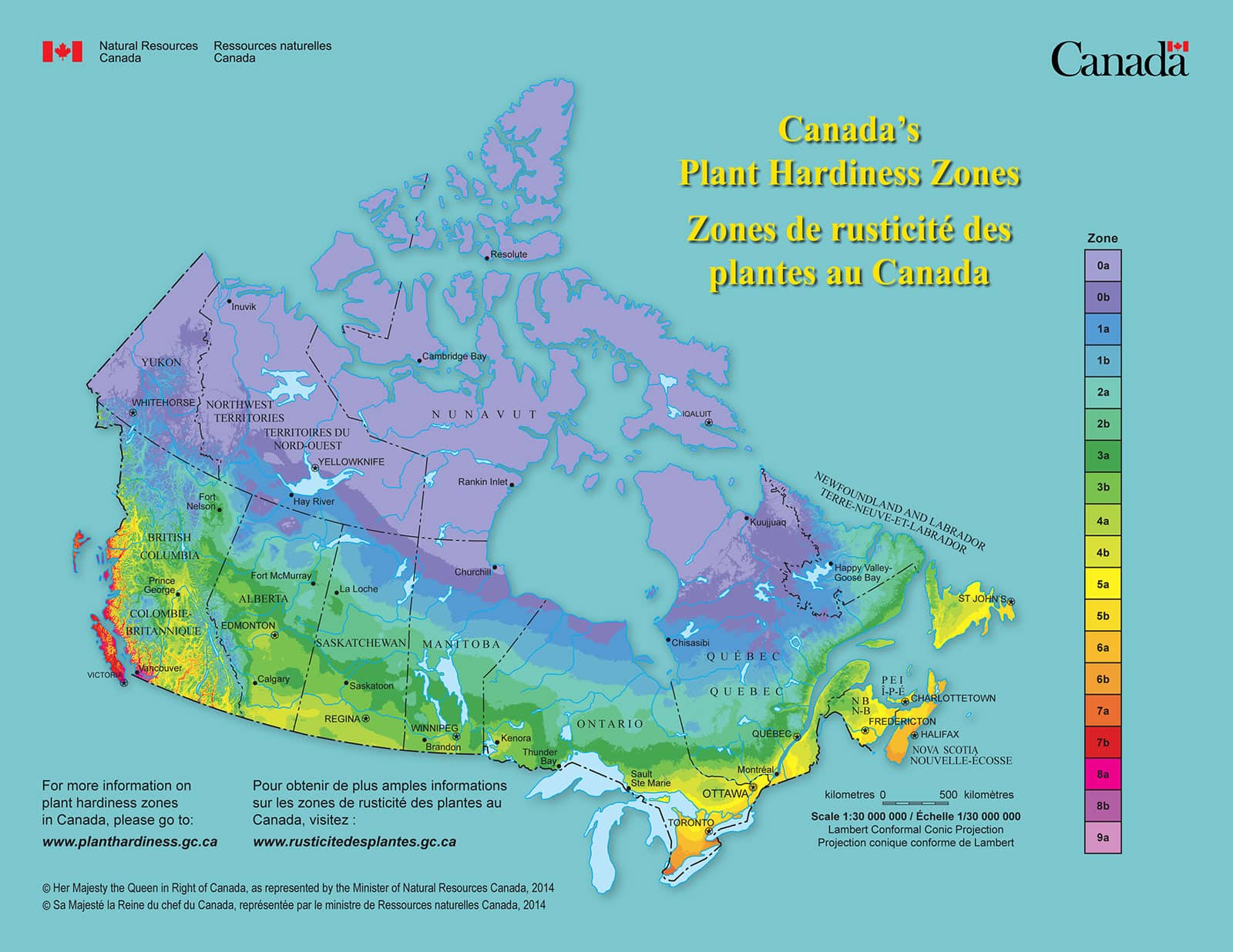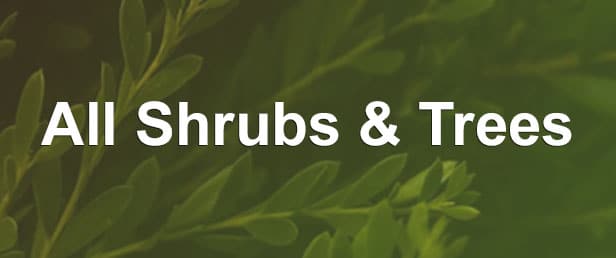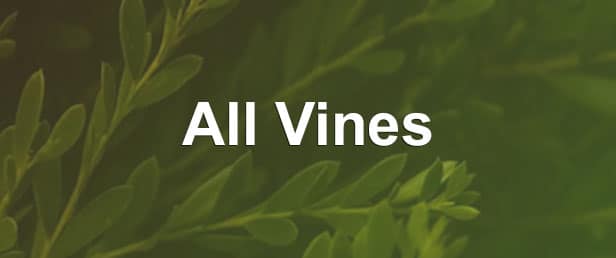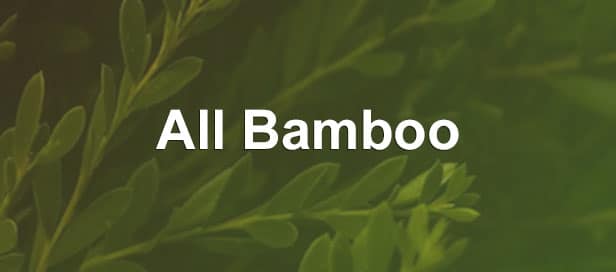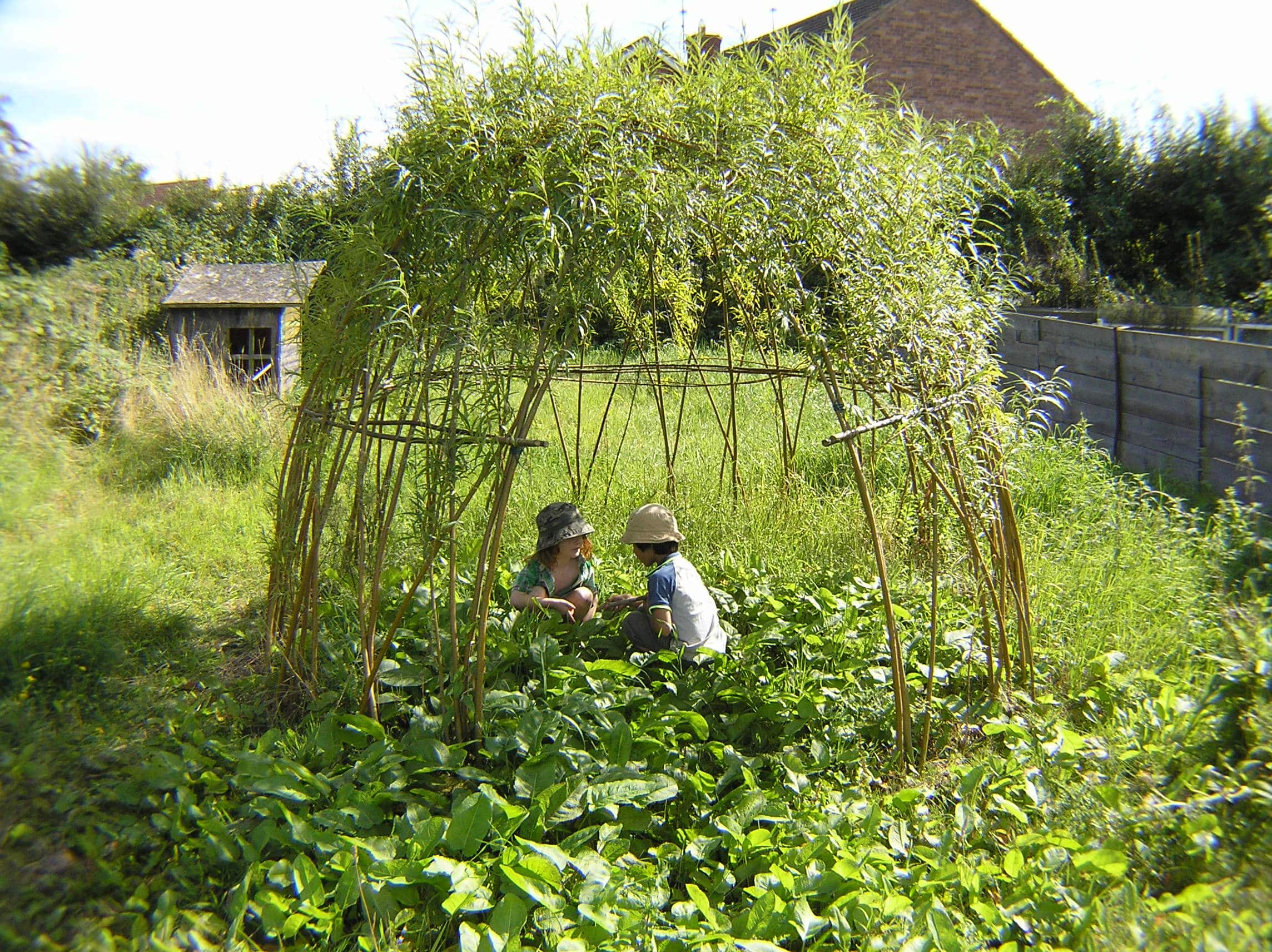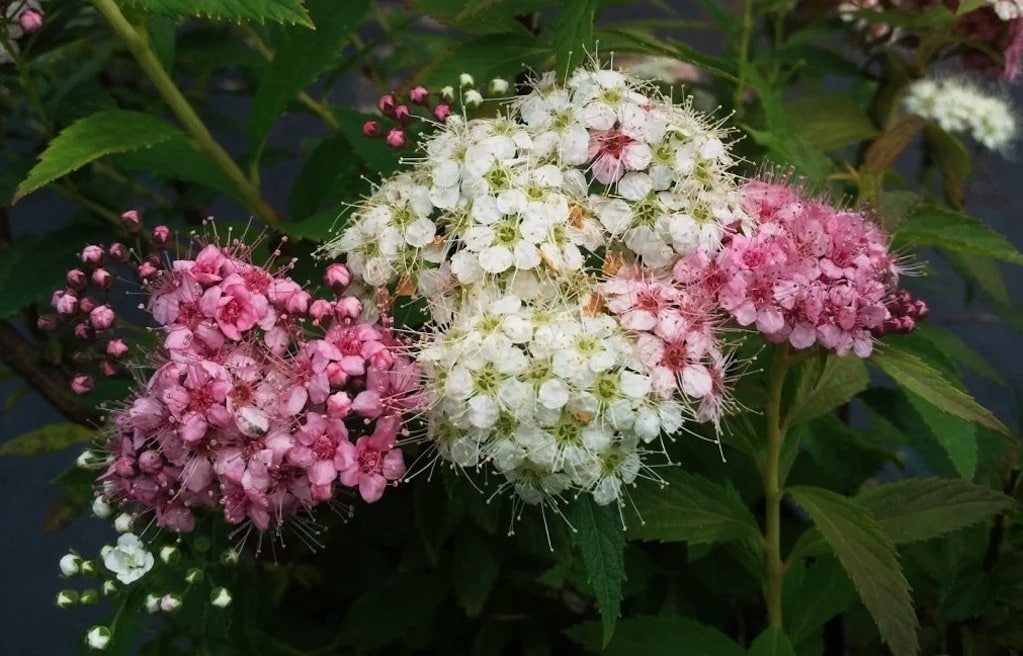Choosing Bamboo
Bamboo is very hardy in much of Canada, and we have gathered together a collection of elegant and enchanting varieties of hardy bamboo for your gardens.
Hardiness Zones
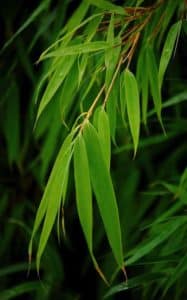
Winter Cover
You will notice that we list both rhizome hardiness and stem hardiness. There can be a difference of a zone or two between them, with rhizomes being the hardier. If you love a bamboo that may require a more moderate climate for its stems, protect its foliage with a winter cover. You can gain up to a full hardiness zone by using winter cover. We recommend that young bamboo is always mulched and covered in the winter - for at least the first two winters.
Our Bamboo
We have chosen to stock hardier bamboo varieties as, who are we kidding, we live in Canada. Our plants are propagated in Canada, and we only ship within the country. As a rule of thumb the Fargesia are hardier than the Phyllostachys, but Phyllostachys bissetii, Phyllostachys nigra 'Henon' and Phyllostachys atrovaginata are pretty tough, too.
Soil for Bamboo
Bamboo is a very versatile plant and can grow in almost any soil type. However, you will get the best growth and resilience in loose, well-draining, and slightly acidic (a pH of 5.5 to 7, in general) soil.
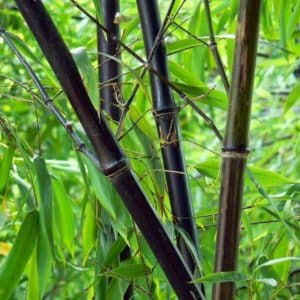
The stunning black culms of Phyllostachys nigra
Fertilizer
Bamboo loves a drink of Natural Nettles Fertilizer! Make it yourself with our DIY recipe and a value pack of 10 Urtica dioica – Common nettle plants.
The Right Bamboo for the Job
What do you want bamboo to do in your garden? Would you like it to form a tall hedge or a short privacy screen? Do you want a tall specimen as a focal point, or a low grower for a border? Is your site sunny or does it provide dappled shade? Is is a bit wet or is it well drained? Would you like your bamboo to not only look beautiful, but also help stop soil erosion? Do you have enough space to create a lovely, contemplative bamboo grove? Take a look at the plant information under Uses and Soil & Exposure on each bamboo variety page to choose the right bamboo for the job. We've outlined the habits, uses and growth types of each bamboo, and you will find some extra information about culm colour and new shoot colours. Whichever varieties you choose, your Bamboo will be one of the most elegant and enchanting plants in your garden. Once you have started bamboo in your garden, you will feel the desire to grow more and different varieties...the rest of your yard may well give way to a small grove.
Running, Clumping and Slow Running
How bamboo behaves above ground depends on how it behaves below ground. The Fargesia varieties “clump” due to the nature of their root system; their rhizome buds immediately turn upward and become stems. Fargesias will expand at a pace that is familiar to gardeners who have grown a variety of perennials. The rhizomes of the Phyllostachys run underground laterally, with a smaller percentage turning upwards to become stems. In this way the plant spreads more quickly. These “running” bamboo are native to climates more moderate than most of Canada, and in general spread less quickly here. Their spread can be controlled with hard pruning (just run your lawnmower over or clip new unwanted canes). If you are concerned with spread direction, you can use a rhizome barrier to control it. We also sell some varieties of “slow-running” bamboo, such as Pleioblastus fortunei, which is a great ground cover; and Sasa kurilensis 'Shimofuri', which makes a beautiful low hedge with its finely striped green and cream coloured leaves.
We consider the slow running and running bamboo more as “amblers” than racers in most regions of Canada.
Growing Bamboo Indoors and Outdoors in planters
While our focus is supplying bamboo for planting outdoors, we can recommend a few varieties that will like being indoors in planters, or would love to spend all summer outdoors, and come in for the winter…like most Canadians. Make sure that the roots don’t sit in water. With the exception of Phyllostachys atrovaginata (Incense Bamboo), which does well in wetlands, bamboo doesn’t like to stand in water. Bamboo is a shallow rooter, so an outdoor planter doesn’t need to be very deep – it can be as shallow as 24” (but we recommend planters be deeper for rhizome winter protection). Consider the material and size of your containers or planters. Being root bound will restrict culm size and height, and the rhizome may break through fine pots and planters if restricted. Divide potted bamboo every few years to avoid these problems. Make sure that you protect your indoor or planter bamboo form hot sun, so that it doesn’t overheat. Regular watering is important, as stress will affect its growth and resilience.
Try these varieties indoors in planters:
- Pleioblastus fortunei - a dwarf variety, grown for its beautiful white and green striped leaves
- Phyllostachys nigra - the famed black bamboo, will need a bit more headroom than Pleioblastus fortunei
Try these varieties in planters, but bring them in the winter, as they won’t have enough rhizome protection in containers to overwinter outdoors:
- Phyllostachys atrovaginata
- Phyllostachys bissetii
- Phyllostachys humilis
- Phyllostachys nigra
- Phyllostachys nigra 'Henon'


